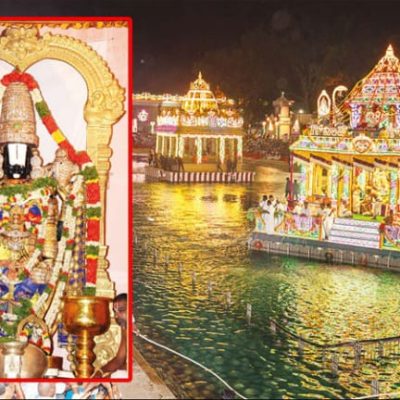Candi Gebang – Indonesia

Address
Candi Gebang – Indonesia
Wedomartani village, Ngemplak,
Indonesia 55584
Moolavar
Lord Shiva and Ganesha
Introduction
Gebang (Candi Gebang) is an 8th-century Shiva temple located on the outskirts of Yogyakarta, Indonesia. The temple is located at Gebang hamlet, Wedomartani village, Ngemplak, Sleman Regency, Special Region of Yogyakarta. The temple was built during the Mataram Kingdom. There are no assuring historical backgrounds or inscription records concerning the temple. However the high proportional of the temple feet indicate that the temple was built in old period of Kingdom of Mataram, c. 730 to 800.
Puranic Significance
In November 1936, a villager discovered a Ganesha statue. The Art and Archaeological Services (Oudheid Dienst) led an excavation and discovered that the Ganesha statue was the part of a small stone building. The archaeological excavation was conducted that year and discovered a temple ruin, the andesite stones that parts of the roof and the base is appeared to be intact. Besides the parts of the building, the excavation also yielded some artifacts such as potteries, statuettes, stone box (peripih), and lingam. The temple is named “Gebang” as the name of the village. During its discovery, the temple wall and roof collapsed, however the base was still intact. The temple ruin was buried under Mount Merapi volcanic lahar sediments. The temple was reconstructed by Van Romondt in 1937 to 1939.
The square base is measured 5.25 x 5.25 metres, and the temple is 7.75 metres in height. The temple faces east with entrance located on the eastern side. On each side of the portal there are two niches which were filled with statues of Nandiswara on the right side. In November 1989 the head of Nandiswara was stolen. The left niche probably hosted a Mahakala statue as the counterpart of Nandiswara, however there was no Mahakala statue ever discovered here. In the inner chamber there is a Yoni placed in the center of the room. On the outer wall there are three niches on the north, south, and east sides of the temple. The north and south niches are empty; however on the west side there is a Ganesha statue sitting on a yoni with a spout.





Century/Period
c. 730 to 800.
Managed By
UNESCO World Heritage Site
Nearest Bus Station
Wedomartani
Nearest Railway Station
Stasiun Maguwo
Nearest Airport
Adisucipto International Airport (JOG )





